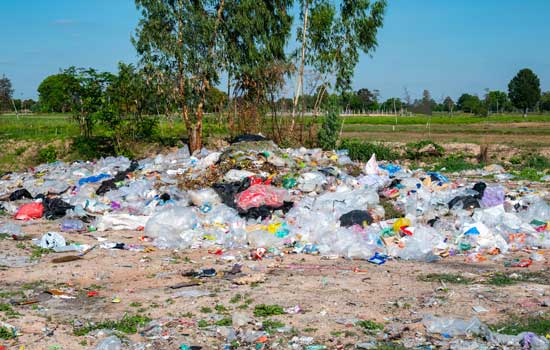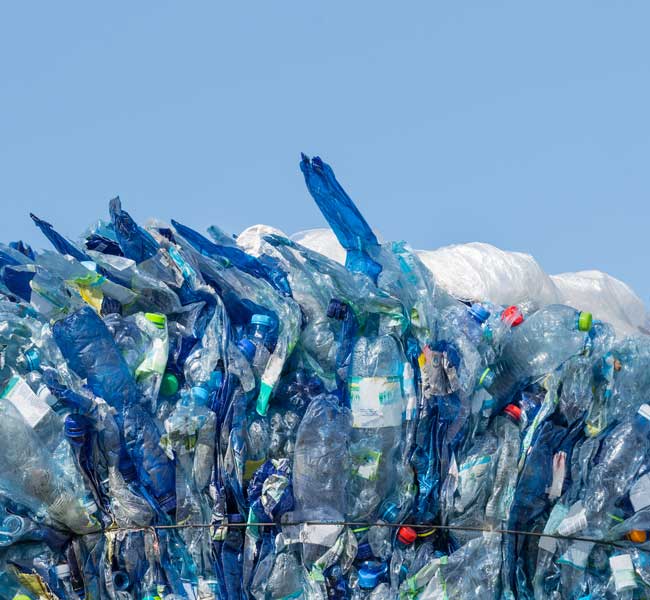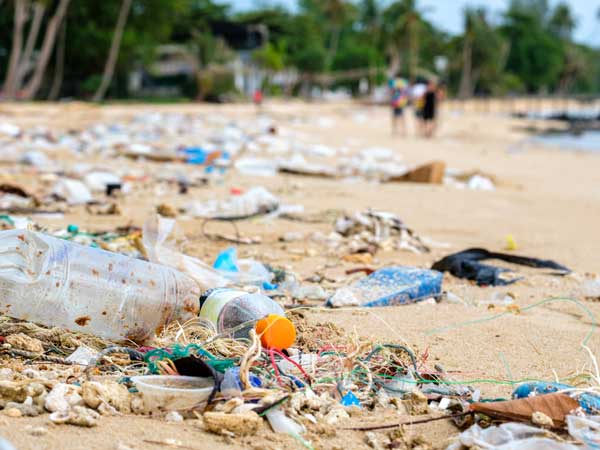Plastic waste can be seen in many locations. It can be found from ocean to shore, field and stream, and even in the local landfill.
But wait you say, the plastic gets recycled. Unfortunately that is not always the case.
Plastic is taking its toll on the environment and animal life around the globe.
Plastic waste comes from all the plastic we use in our businesses and homes every day. What are some plastic items we use without thinking about what happens to it? Some of the many plastic items that are used daily are:

There are literally thousands of different uses of plastics.

The problem with plastic waste is that it does not get recycled. In fact, far less than you think actually makes it to the recycle station. It instead ends up in the landfill. But, did you know that plastics take about 500 years to decompose.
Harmful effects of plastic include:
Plastic is made from fossil fuel. The same fossil fuel we heat, cook, and use every day. Only a small portion goes to the making of other. It also does not go to the landfill. If watch you will see geese with six-pack rings around their net. The same for sea turtles and if they can’t get it off they will die.
The problem with recycling plastic is the number of other chemicals and additives that are put in to the plastic when it is being made. These chemicals add to the greenhouse gases that pollute our planet. They can also cause health issues for humans.
That does not count the fossil fuels burned to make the plastic.
You can see tons of plastic floating across the ocean. It causes problems for birds and mammals of the ocean alike. The geese that have a plastic bag wrapped tightly around its foot will eventually lose the foot. A sea turtle that has its neck caught inside a plastic binder for a six-pack may not be able to breathe. You can see the expansion of tons of plastic waste is a real huge issue.
A 2019 study found the following countries have the most plastic waste:
What is the solution(s) to plastic waste that litters the landscape and waterways?
The following solutions can be used both by industries and residential homes.
We all must do something about the pollution of our planet. That includes recycling, picking up trash especially plastic, and making sure we use less single use plastics. The earth will thank you and so will future generations.
